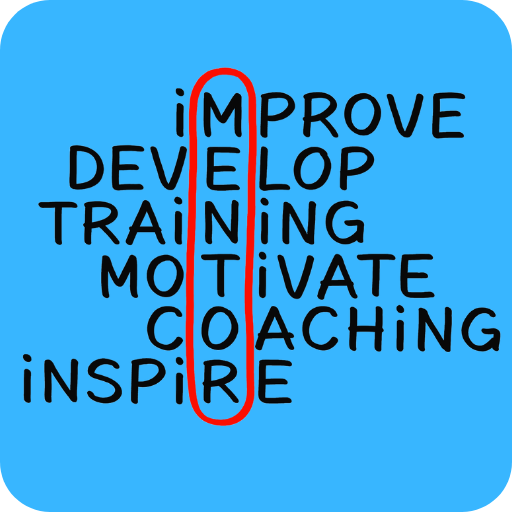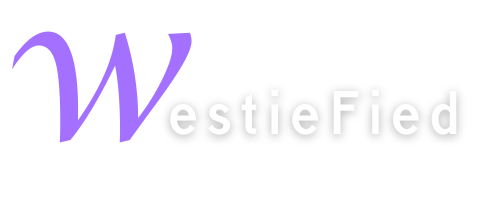A mentorship program is a fantastic way to connect newer dancers with experienced ones, foster personal growth, and build a supportive environment where everyone feels valued.
Here’s a step-by-step guide to creating a successful mentorship program that benefits everyone involved.

Why a Mentorship Program?
Mentorship programs aren’t just for corporate settings—they work wonders in dance communities, too. Mentorship provides a platform for dancers to share knowledge, improve their skills, and feel more connected to the community. Here are some key benefits:
Skill Development: Mentorship accelerates learning by providing one-on-one guidance that group classes can’t always offer. Mentors can give personalized feedback, share tips, and help mentees overcome specific challenges in their dancing.
Building Confidence: Newer dancers often feel intimidated or unsure of their abilities. Having a mentor provides a safe space for them to ask questions, make mistakes, and gain confidence on the dance floor.
Fostering Community Bonds: Mentorship creates connections that go beyond the dance itself. It encourages interaction between dancers of different levels, helping to break down social barriers and build a more inclusive and supportive community.
Encouraging Growth: For mentors, the program offers an opportunity to give back and refine their skills through teaching. It’s a win-win situation where both mentor and mentee grow together.
Steps to Create a Successful Mentorship Program
Here’s how to set up a mentorship program that works for your WCS community:
Define the Goals of Your Program
Before launching your mentorship program, take some time to define its purpose and goals. What do you want to achieve? Are you focusing on skill improvement, community building, or both? Clearly outlining your goals will help you structure the program and communicate its benefits to potential participants.
Skill-Based Goals: Focus on helping mentees improve their technique, musicality, or understanding of WCS fundamentals.
Community Goals: Aim to strengthen the social fabric of your community, making it more welcoming and connected.
Personal Development Goals: Encourage personal growth, confidence building, and a deeper understanding of the dance.
Identify and Recruit Mentors
Look for dancers who are skilled, patient, approachable, and enthusiastic about helping others. They don’t have to be the top dancers—what’s most important is their ability to communicate and inspire.
Qualifications for Mentors: Set some basic criteria for who can be a mentor, such as a certain level of dance experience, a positive attitude, and good communication skills.
Recruitment Tips: Approach potential mentors personally and explain the benefits and impact they can have. Highlight how mentoring can help them refine their skills and deepen their connection to the community.
Match Mentors and Mentees
Matching the right mentor with the right mentee is key to a successful mentorship experience. When making matches, consider factors like personality, dance style, goals, and availability.
Interest Surveys: Use a short survey to learn about mentors’ and mentees’ interests, goals, and availability. This helps you make thoughtful pairings that will work well together.
Trial Period: Consider a trial period for each pairing to see if the match fits. If not, don’t be afraid to reassign pairs—finding the right match is important for the program’s success.
Set Clear Expectations
Set clear expectations from the start to ensure that both mentors and mentees get the most out of the program. Outline what each role entails, how often they should meet, and what activities they should focus on.
Mentor Responsibilities: Provide guidance, offer feedback, share personal experiences, and be a positive role model.
Mentee Responsibilities: Be open to feedback, actively participate, and initiate meetings or practice sessions.
Meeting Frequency: Suggest a meeting schedule that works for both parties, whether it’s weekly, bi-weekly, or monthly. The key is consistency.
Provide Resources and Support
Equip your mentors with the tools they need to be effective. This might include teaching tips, a list of common challenges mentees face, or suggested activities and drills they can use during sessions.
Mentor Training: Offer a brief training session or guide that covers mentoring basics, how to give constructive feedback, and tips on building a positive mentor-mentee relationship.
Suggested Activities: Provide a list of suggested activities such as dance drills, video analysis, social dance practice, or attending workshops together. These activities can help keep sessions fresh and engaging.
Create Opportunities for Feedback and Reflection
Regular feedback is important for the growth of both mentors and mentees. Encourage open communication where both parties feel comfortable sharing what’s working and what could be improved.
Feedback Sessions: Organize group feedback sessions or one-on-one check-ins with a program coordinator to assess the progress of mentorships. Use these sessions to address any issues and celebrate successes.
Reflection Exercises: Encourage mentors and mentees to reflect on their experiences, either through journaling, discussion, or casual conversations. Reflection helps solidify learning and builds a stronger connection.
Celebrate Successes and Milestones
Acknowledging progress keeps everyone motivated and excited about the program. Celebrate your mentees’ milestones and your mentors’ contributions.
End-of-Program Celebration: Host a social event or dance to celebrate the completion of the mentorship cycle. Recognize mentors and mentees with certificates, shout-outs, or small tokens of appreciation.
Spotlight Stories: Share success stories in your community’s newsletter or social media pages. Highlight the growth of mentees and the positive impact of the mentors—this can inspire others to join the next round.
Continuously Improve the Program
After each mentorship cycle, gather participant feedback and use it to refine the program. What worked well? What challenges did people face? Continuously tweaking the program ensures that it evolves to meet your community’s needs better.
Anonymous Surveys: Use surveys to collect honest feedback from mentors and mentees about their experiences. Use this data to make adjustments and keep the program running smoothly.
Adapt and Adjust: Be flexible and willing to make changes. If specific pairings aren’t working or if meeting schedules need to be adjusted, adapt the program to keep it practical and enjoyable for all involved.
